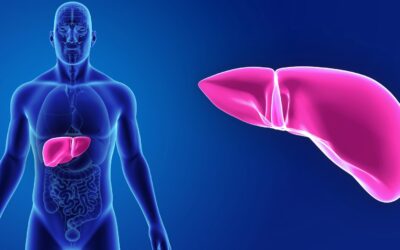In today’s world, where numerous medications are available to treat various health conditions, it’s essential to be aware of potential drug interactions. Drug interactions occur when two or more drugs interact with each other, affecting their effectiveness or causing adverse side effects. As a responsible pharmaceutical company, we believe in promoting the safe and effective use of medications. In this article, we will delve into the topic of drug interactions, their types, and how to minimize risks for a healthier and safer treatment experience.
What are Drug Interactions?
Drug interactions happen when two or more drugs, or even drugs with food or beverages, interact in a way that alters their intended effects. These interactions can lead to reduced effectiveness, increased side effects, or even unexpected reactions. Drug interactions can occur at various levels, such as in the body’s absorption, distribution, metabolism, or elimination processes.
Types of Drug Interactions:
a. Drug-Drug Interactions:
This type of interaction occurs when two or more medications interact with each other. It can result in increased or decreased drug levels in the body, affecting their efficacy or causing toxicity. For example, taking certain antibiotics with blood-thinning medications can increase the risk of bleeding.
b. Drug-Food/Beverage Interactions:
Some foods or beverages can interact with medications, altering their absorption or metabolism. Grapefruit juice, for instance, can inhibit the enzyme responsible for breaking down certain medications, leading to increased drug levels and potential side effects.
c. Drug-Supplement Interactions:
Herbal supplements, vitamins, or natural remedies can also interact with medications. Certain supplements may enhance or inhibit the effects of drugs, affecting their therapeutic outcomes. It is crucial to discuss all supplements with your healthcare provider to avoid potential interactions.
Minimizing the Risks of Drug Interactions:
a. Maintain an Updated Medication List:
Keep an accurate record of all the medications you are taking, including prescription drugs, over-the-counter medications, and supplements. Share this list with your healthcare provider to ensure they have a comprehensive understanding of your medication regimen.
b. Consult with Healthcare Professionals:
Before starting a new medication, consult with your healthcare provider or pharmacist. They can identify potential drug interactions and provide guidance on the appropriate use of medications.
c. Educate Yourself:
Take the initiative to learn about your medications. Read the package inserts, medication guides, or consult reliable online sources. Understanding the potential side effects and interactions can help you make informed decisions about your treatment.
d. Be Mindful of Food and Beverage Interactions:
Certain foods and beverages, as mentioned earlier, can interact with medications. Pay attention to any specific instructions regarding food restrictions, and discuss any concerns with your healthcare provider.
e. Inform All Healthcare Providers:
Make sure to inform all healthcare professionals involved in your care about the medications you are taking. This includes your primary care physician, specialists, dentists, and pharmacists. This information helps them provide appropriate treatment recommendations and avoid potential drug interactions.
Conclusion:
Drug interactions can significantly impact the effectiveness and safety of medication use. By understanding the types of drug interactions and following strategies to minimize risks, you can ensure a safer and more successful treatment experience. Remember, open communication with healthcare professionals and maintaining an up-to-date medication list are critical steps in promoting your well-being. At ISSA Pharma, we prioritize your health and advocate for responsible medication use to maximize therapeutic benefits while minimizing potential risks.



